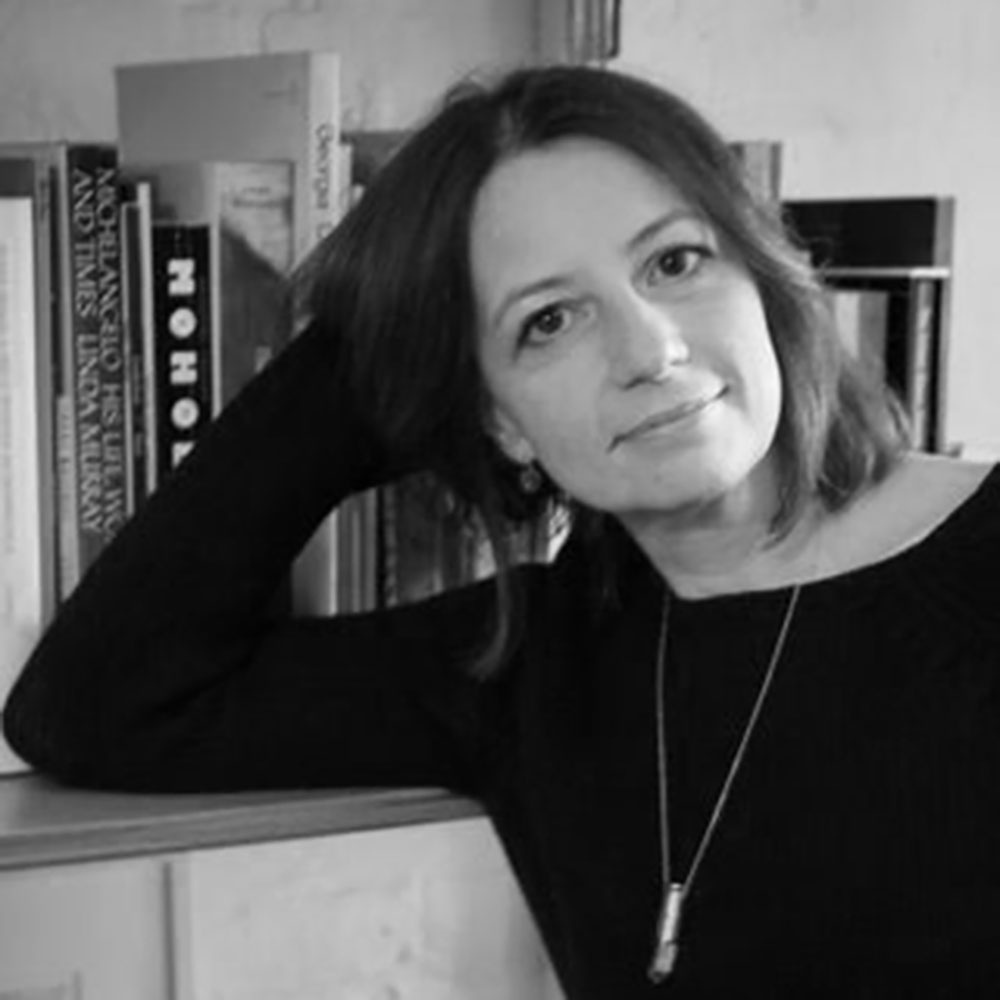by: AIA New York
As a Partner at Selldorf Architects, where she has practiced for over 20 years, Sara Lopergolo, FAIA, has created elegant design solutions for cultural, residential, and commercial projects that transcend the practical and elevate quality of life. Lopergolo is currently Partner-in-Charge for the expansion and enhancement of the Museum of Contemporary Art San Diego and The Frick Collection in New York. She served as Partner-in-Charge on the Sunset Park Material Recovery Facility, David Zwirner, and Hauser & Wirth, all in New York. She received a Bachelor of Architecture from Syracuse University, is currently Treasurer of the Board of Open House New York, and sits on the Advisory Board of Syracuse University School of Architecture. She is an active member of the AIA Women in Architecture Committee, mentoring and speaking frequently at events around the country.
This year, the Jury of Fellows of the AIA elevated Lopergolo to its prestigious College of Fellows in the first category of Fellowship, which recognizes architects who have “Promoted the aesthetic, scientific, and practical efficiency of the profession,” according to the organization’s definition. While only three percent of the AIA’s membership is distinguished with Fellowship, Lopergolo investiture will be held at a future AIA Conference and AIANY’s next New Fellows Reception.
Q: How did you decide to pursue architecture?
A: I decided I wanted to be an architect at the age of 13. My father is a builder, welder, jack of all trades and he would often bring home blueprints from his jobs and it just fascinated me. I would turn over the blueprints and draw my own houses. My parents built a new house when I was 9 years old and when I saw the house openly framed, before the drywall went up, I remember wondering why we had to close off the framing, why couldn’t we live in an open, free space. Those early thoughts have clearly stayed with me.
Q: What has been particularly challenging in your recent work?
A: These questions came to me before we were in this COVID world. Had I responded in a timely way, my answer would be very different from now. Of course, what is on everyone’s mind is the new normal that we are all experiencing. Working from home has been challenging but it has also been incredibly rewarding. This method has brought our teams together in a really wonderful and cohesive way. It is not without challenges: not withstanding technical difficulties, sometimes it can be difficult to communicate ideas across the airwaves, but I think it has taught everyone a level of patience that has made for a more focused, communal dialogue. I hope this is something we can carry forward when we are all eventually back working together in one physical space.
Q: What are some of your favorite recent projects that you’ve worked on?
A: For the past 4 years I have been working on the expansion and revitalization of the Frick Collection in New York City. This Museum is a true treasure and it has been an honor shepherding it through the planning stages and preparing the museum to live on for the next 100 years. Alongside this I have been working on the expansion of the Museum of Contemporary Art in San Diego. 60,000 square feet of new exhibition space is proposed, and this will allow the museum for the first time to exhibit more than 3,000 works that have been in storage. That’s very exciting. We are currently in construction and we have been following the progress via video and remote meetings with the local team.
Q: What do you see as an architect’s role, or responsibility, within our culture?
A: Now more than ever it is clear how important our physical environments are; architecture does matter and the architect’s role I believe is to always step back and think about architecture in the larger context while never losing sight of the experiential, the small details that bring joy to the everyday. Additionally, our responsibility to contribute to a sustainable future is of the utmost importance. While we know that the status quo is no longer acceptable and that we must take radical action to save our planet and create more equitable living for all, it is difficult to make change overnight. It will be more critical than ever to engage and form partnerships with clients, user groups, and policy makers to push change forward. Architects can and should lead this charge.
Q: What are your thoughts on architectural education today?
A: The level of discourse and representation that one sees in architecture schools today is quite impressive. Tackling social problems and environmental concerns is at the forefront of most schools’ curricula which is encouraging as this was not how my generation was educated. As artificial intelligence continues to take a more prominent role in architecture, it is important for students to understand the human component of architecture and remain optimistic. Step out of the computer, out of the virtual world and always remember that architecture is a physical construct that people inhabit and experience. Now more than ever we know nothing compares to seeing a piece of architecture, a city, a landscape and humans in person!
Editors’ Note: This feature is part of a series celebrating the members of the American Institute of Architects (AIA) New York Chapter who are elevated each year to the AIA College of Fellows, an honor awarded to members who have made significant contributions to both the profession and society. Learn more about Fellowship here.













